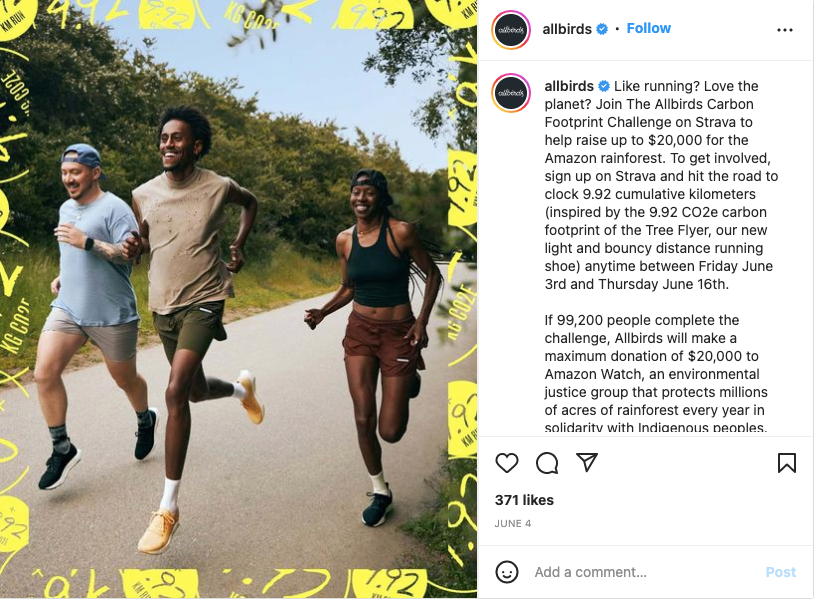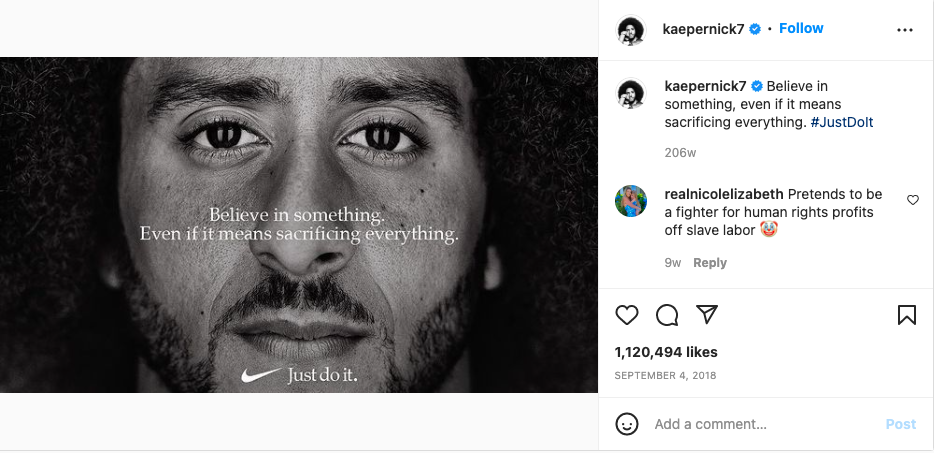The recent Census was a wake-up call for brands: ignore the Millennial audience at your peril.
Millennials are now the largest generation of buyers in Australia, and the prime target market for brands looking to future-proof their customer base and stay relevant with Australia’s most powerful consumers.
Census data showed the Millennials - those aged between 25 and 39, now make-up 21.5% of Australia’s population (up from 20.4% in the last Census), on a par with the Baby Boomers aged 55 - 74, who are also 21.5% of the population (down from 25.4% in the last Census).
With a reputation for being hard to please, disloyal and cynical about traditional advertising, Millennials have been put in the too-hard basket by many brands.
But this reputation misses the point.
This is a large generation of savvy consumers, who are coming into the peak of their purchasing power. By taking the time to understand their motivations, their beliefs and their preferences, smart brands can capture an audience with long-term relevance (and spoiler alert: they can actually become your most loyal fans).
Let’s look at what matters most when it comes to the Millennial market.
Green equals go.
Millennials value the environment and the vast majority (90%) are making an effort to reduce their personal impact on the environment, according to the most recent Deloitte Global 2022 Gen Z and Millennial survey.
So the rise of the Millennial, and close behind them Gen Z, means brands need to lift their sustainability game and showcase their green credentials. Millennials are more likely to choose to spend with brands that align with their own values and preferences. A recent Bain study found they were more likely to identify as being environmentally and socially conscious than Gen X and Baby Boomers.
But if going green is your thing, beware greenwashing.
When making a sustainability claim, be prepared for scrutiny and be ready to back-up your claims. This is an informed generation, who don’t necessarily believe everything a business says.
Example we love:
Allbirds is a sustainable footwear brand that is walking the walk (in stylish, eco-friendly shoes). Not only are they open in sharing what they’re doing right now, they’ve also made public their bold sustainability commitments up to 2025. Add to the mix Millennial-relevant spokespeople (hello Lindsay Lohan) and a diverse and inclusive approach to advertising imagery, and you’re on to a Millennial winner

Authenticity over advertising.
A recent study by Forbes and Elite Daily found that only 1% of Millennials would trust a brand more due to their advertising - as a group, they believe advertising can be all spin and not authentic.
So what’s a brand to do?
Focus on creating authentic content, rather than relying on traditional advertising formats or channels. Don’t rely solely on Facebook banners and TV ads, Millennials are much more likely to purchase from a brand which they’ve seen recommended by a friend or someone influential they follow online.
User-generated content is a great way to connect with the Millennial audience - they find it 50% more trustworthy than branded imagery. This is content featuring your product, but created by customers, fans and followers. It’s a human recommendation, that forges a deeper relationship - based on trust and authenticity.
Example we love:
Quadlock is a phone mount company targeting adventurers and sports enthusiasts who are looking for a reliable and secure way to mount their phone. Their social media channels are dominated by user-generated content. Think images and videos of their ideal customers, in action using their product (and living the dream).

Ethics and issues, but keep it on-brand
Millennial consumers are values-driven when it comes to purchasing. They want to buy from businesses that align with their own personal values.
As digital natives who choose to connect with brands on social media networks, it becomes pretty obvious, pretty quickly if you are a voice for what they believe in. It’s tricky territory. No business is expected to be posting about every single issue and political agenda, but if it’s relevant to your brand and audience, saying nothing at all can be just as vocal as speaking out.
The recent Roe V Wade ruling in America saw consumers closely tracking the way the brands they followed responded. Which companies were taking a stance, and which were not?
But as with greenwashing, values signalling that’s all shine and no substance can be damaging. Remember the online bot that was calling out companies for their gender pay gap in response to their International Women’s Day posts this year? Being tokenistic will leave a bad taste in Millennial mouths.
Example we love:
Some thought Nike took a risk when they chose to feature racial injustice protestor and former NFL quarterback Colin Kaepernick in an ad campaign. Many were outraged (including Donald Trump), but Nike knew their audience - sales increased 31% after the ad went live.

They want it all, and they want it now.
This is a digital native generation, very different from their digital immigrant Boomer parents. While they still like to shop in physical stores, they’re more interested in brands who have an omnichannel presence, and who are hitting the sweet spot with their rapid delivery and user-friendly shopping experiences.
Research from Criteo found that Gen Z and Millennials are the most likely to browse for products online, but then purchase in-store (81%). So in-store experiences are a big part of their purchasing journey, but they also value efficiency and ease. Think free delivery, same-day delivery and seven-day availability.
And omnichannel is more than just in-store and online. Consider also the rise of social platforms such as TikTok as shopping channels - this is a new concept, but rapidly growing in popularity amongst the Millennial demographic.
Example we love:
The newly launched Metro60 app from Woolworths promises fast delivery to certain Metro locations - within 60 minutes of your order. Ease plus efficiency equals a match made in Millennial heaven.
It’s a diverse generation - so diversity matters
The recent Census also carried some heavy-hitting data about diversity in our population. Almost half of all Australians have a parent born overseas (48.2%), and more than a quarter (27.6%) were born overseas themselves.
Millennials want to see diversity in the advertising from brands. They want to see a broad mix of models and influencers, who reflect the broad mix of their generation. Done right, inclusive and diverse advertising can help Millennials feel more connected and loyal to brands.
Example we love:
Clothing retailer Good American has a truly diverse and inclusive approach to its business. Both in its sizing options and the models it features. A sure way to build loyalty with the Millennial audience (and not surprising, given it was co-founded by Millennial icon Khloe Kardashian).
So, how does your brand stack-up when it comes to connecting with the Millennial market?
The key takeaway is authenticity. Be honest and open about your business’s values, its green credentials, and its commitment to diversity and inclusion, and you’re well on your way to winning over the hearts (and wallets) of Millennials.
This article first appeared on Inside Retail. Licensed by Copyright Agency. You must not copy this work without permission.
